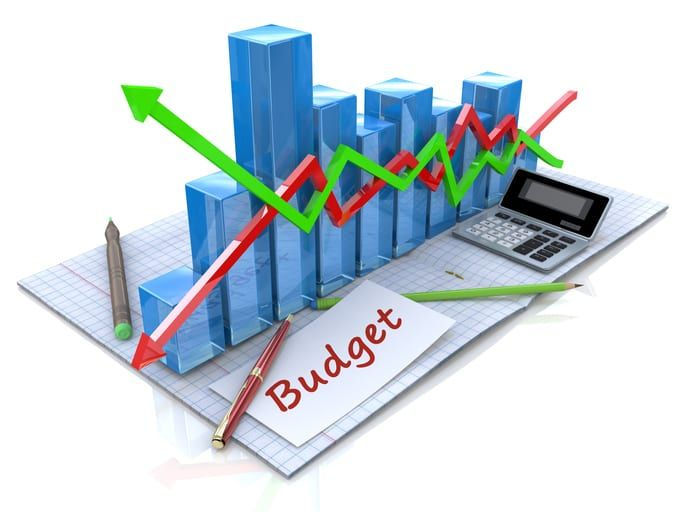How to Effectively Use Facebook Boost: A Comprehensive Guide for Small Businesses
- VEXA agency

- Dec 18, 2024
- 3 min read
Introduction: Facebook Boost is a simple yet powerful advertising tool designed for small businesses and marketers. When used correctly, it can significantly increase reach, engagement, and conversions for your posts. This guide combines insights from six expert sources to help you master Facebook Boost with actionable steps and examples.

1. Define Your Objective Clearly
Before boosting a post, it's essential to identify your goal. Do you want to increase engagement, drive traffic to your website, or promote a special offer? Clearly defining your objective ensures the campaign aligns with your business strategy.
Steps:
Select the post you want to boost on your Facebook page.
Click the "Boost Post" button.
Choose your campaign goal:
Engagement: Increase likes, comments, and shares.
Traffic: Drive users to your website or landing page.
Sales/Leads: Promote products or gather sign-ups.
Example:
If you own a coffee shop and want to promote a new menu item, set your goal to "Engagement." Use an eye-catching image of the product with the caption: "Try our new Hazelnut Latte! Tag a friend who needs a coffee break today."

2. Define Your Target Audience
Facebook allows precise audience targeting based on demographics, interests, and behaviors. The more refined your audience, the higher your return on investment (ROI).
Steps:
In the "Audience" section, select one of the following options:
Automatic Audience: Facebook targets people similar to your current followers.
Custom Audience: Define your audience based on age, location, interests, and behaviors.
Use "Detailed Targeting" to include specific interests related to your business.
Example:
For a fitness studio, target:
Location: Your city or neighborhood
Age: 18-45
Interests: Yoga, gym memberships, and healthy living

3. Create Compelling Content with Strong CTAs
The success of your boosted post relies on engaging visuals, clear messaging, and a strong Call-to-Action (CTA).
Tips for Content:
Use high-quality images or short videos.
Write concise, action-driven captions.
Include a CTA that encourages users to take immediate action (e.g., "Shop Now," "Learn More," or "Sign Up").
Example:
Text: "Need a quick energy boost? Try our new protein-packed smoothies! 🍋 Click 'Order Now' to get yours delivered today." CTA: Order Now

4. Optimize Your Budget and Duration
Set a realistic budget that aligns with your campaign goals. Short, impactful campaigns (3-7 days) often deliver better results than long-running boosts.
Steps:
Select your budget (daily or total spend).
Choose a duration that allows Facebook to optimize performance (3-7 days is ideal).
Monitor the estimated reach to ensure your post will reach enough people.
Example:
For a weekend sale, set a 3-day boost with a budget of $50. Target local users who are likely to shop during the promotion.

5. Analyze and Adjust Your Boost Performance
Facebook provides performance insights to show how well your boosted post performed. Use these insights to refine future campaigns.
Steps:
Open your Facebook Ad Center.
Review key metrics:
Reach: Number of people who saw your post.
Engagement: Likes, comments, shares, and clicks.
Link Clicks: For traffic-focused goals.
Identify what worked and adjust future boosts based on data.
Example:
If a boosted post promoting a new product received high engagement but few website clicks, consider using a stronger CTA or optimizing the link placement.
Conclusion: Facebook Boost is a cost-effective way for small businesses to increase visibility and engagement. By setting clear goals, targeting the right audience, creating compelling content, optimizing budgets, and analyzing performance, you can maximize the success of every boosted post. Start small, test different approaches, and watch your business grow!




Comments